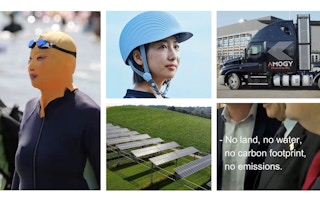2023 was a year in which greenhouse gas emissions remained stubbornly high, extreme weather ran riot and geopolitical tensions added to the need for solutions for a cleaner, safer world.
To continue reading, subscribe to Eco‑Business.
There's something for everyone. We offer a range of subscription plans.
- Access our stories and receive our Insights Weekly newsletter with the free EB Member plan.
- Unlock unlimited access to our content and archive with EB Circle.
- Publish your content with EB Premium.
This year, scientists in California continued to work on an earlier breakthrough in which a nuclear fusion reaction that released more energy than it used was produced, successfully replicating the process – known as ignition – for at least three times. If the technology matures and is mastered, this could provide the world with a near-limitless source of clean power and potentially provide an important solution to the global climate crisis, the experts say.
From the groundbreaking to the gimmicky, Eco-Business highlights a few more sustainability innovations that made headlines in 2023:
Plant-based lighting
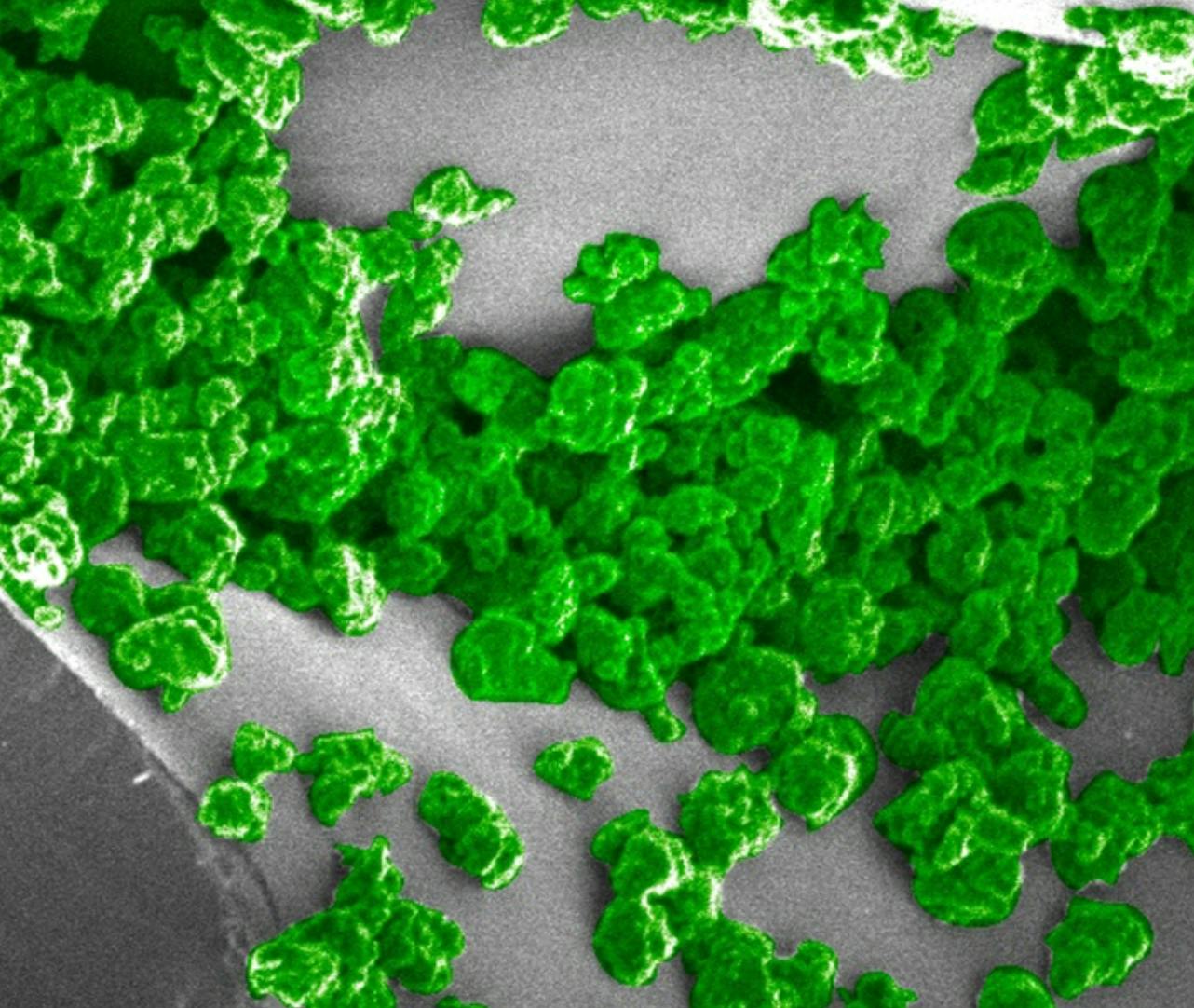
A novel light-emitting plant that can be charged by an LED. Image: MIT
A team of researchers from the Massachusetts Institute of Technology (MIT) developed a light-emitting plant that can be charged using a light-emitting diode (LED). Their formula: the use of specialised nanoparticles embedded in plant leaves. After 10 seconds of charging, the plants glow brightly for several minutes. They can be recharged repeatedly. Capable of producing light 10 times brighter than the first generation of glowing plants that the MIT research group developed in 2017, this marks a leap towards creating ambient light with the renewable chemical energy of living vegetation.
Hemp-powered EV batteries
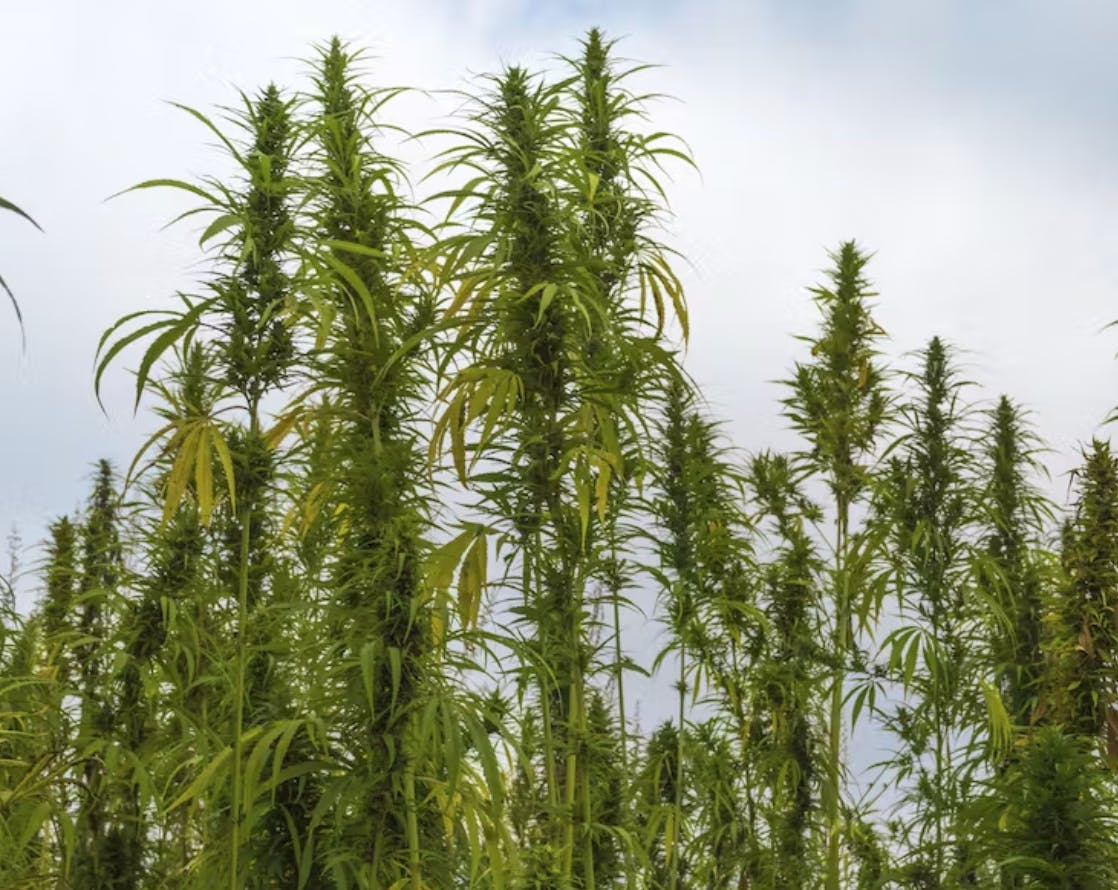
Weed-V batteries? Image: Energy Tech
Hemp, a fast-growing, carbon-locking super plant used to make clothing, building materials, food and auto parts, could become a component in electric vehicle batteries. Texas-based startup Bemp Research Corp has developed a lithium-ion battery material alternative they hope will be mass produced by 2026. Bemp is wooing investors to raise capital to develop and commercialise its B4C-hemp – short for “Boron Carbide made from hemp” – lithium sulphur (LiS) battery technology. Hemp could provide a carbon-light alternative to mining to power EVs.
Pool-heating data centre
Sixty-five swimming pools have closed in the United Kingdom since 2019, with rising energy costs cited as a reason for their closure. Could heat-emitting data centres save Britain’s swimming pools? A data centre the size of a washing machine developed by British startup Deep Green emits enough heat to warm a public swimming pool to 30°C. The concept, which took five years to develop, uses hot oil pumped into a heat exchanger to warm the pool water. The data centre is used for the leisure centre’s computing systems.
3D-printed steak
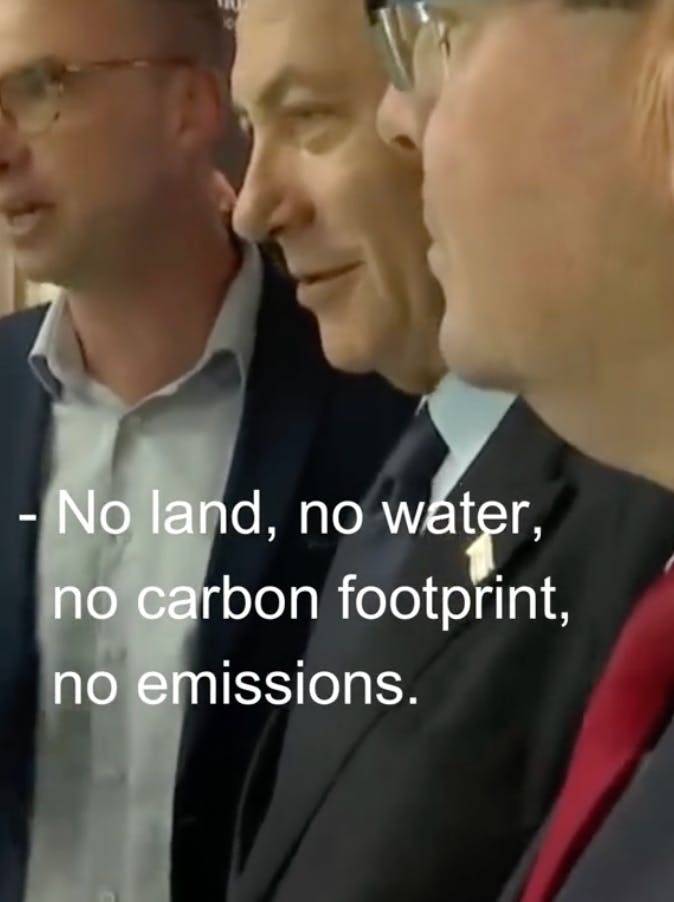
Israel’s premier tries 3D printed steak. Image: Steakholder Foods on Tiktok
Israel’s Steakholder Foods teamed up with Singapore’s Umami Meats to 3D-print fish fillet. The nascent cell-based meat industry aims to meet the flavour parity of conventional meat, but without the traditional costs to animals and the environment. In a demonstration of the process uploaded to TikTok, Israel premier Benjamin Netanyahu described the 3D-printed meat as “Future McDonald’s”.
Reuseable bin liners
The TOMbag is a circular waste bag that will not be sent to the landfill once it reaches its end-of-lifespan. With the implementation of the TOMbag by Australia-based cleaning services provider BIC in the City of Sydney’s central business district, 33,000 single-use plastic bin liners can be saved, preventing 1,000kg of waste from entering landfills every year.
Shellmets

The Shellmet. Image: Koshi Chemical
Imitating the ribbed structure of scallop shells, the “Shellmet” is a bicycle helmet made from pulverised discarded scallop shells and recycled plastic. Developed by Osaka-based Koushi Chemical Industry Co and advertising agency TBWA\Hakuhodo, the Shellmet adds 30 per cent more strength to the hardhat’s structure compared to a conventional flat helmet design, according to its makers. Credibility warning: the idea for this innovation partly came from an advertising agency, which might not have the strongest credentials when it comes to climate innovation.
Solar farming
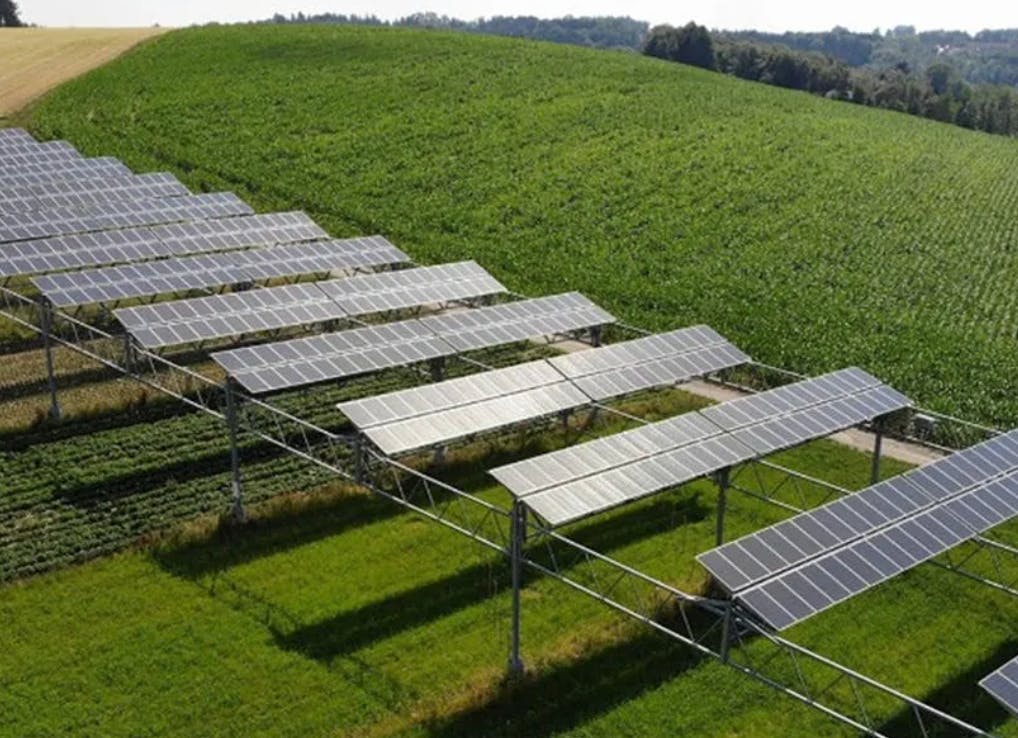
Agrivoltaic farming. Image: Chemitek
Agrivoltaic farming uses the shaded space beneath solar panels to grow crops. This increases land-use efficiency, as it lets solar farms and agriculture share rather than compete for space. The right crops thrive in shady environments, as they are protected from heat stress and and water loss.
Trucking on ammonia
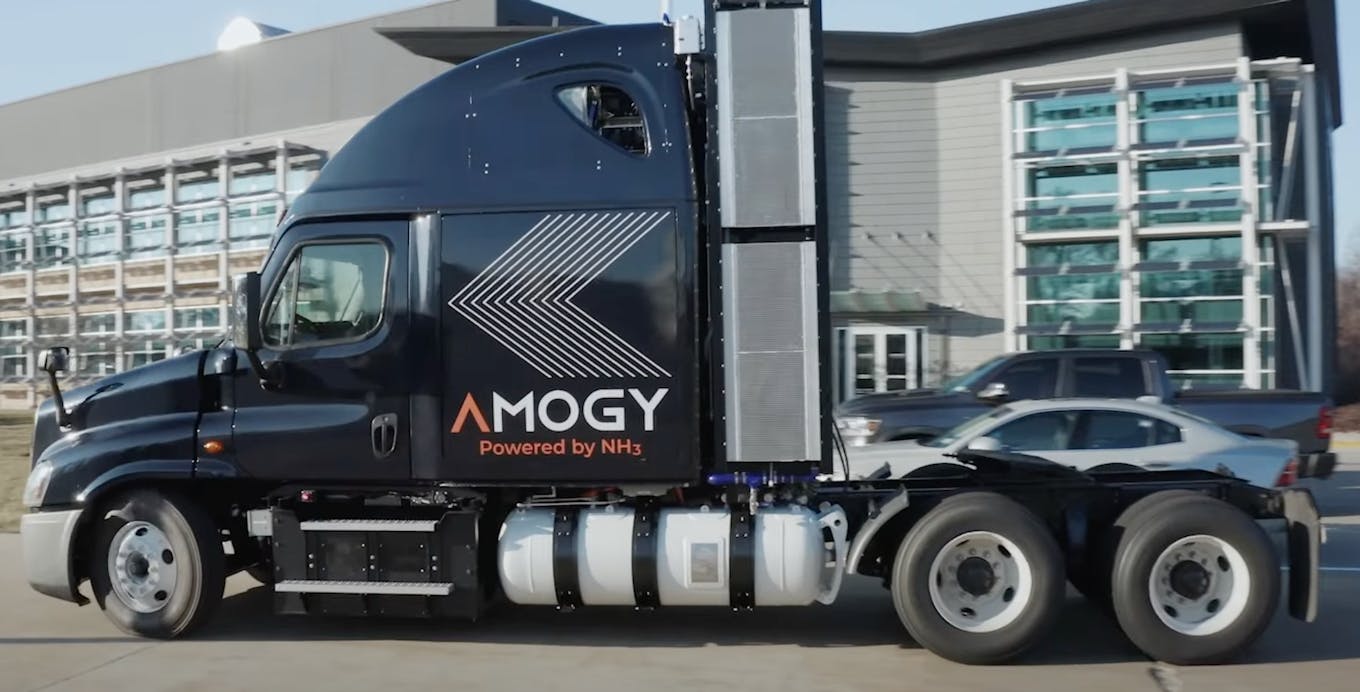
Amogy’s ammonia-powered semi truck. Image: Amogy
Switching gear from diesel to ammonia: An ammonia-powered, zero-emission semi-truck developed by US-based firm Amogy may be a viable sustainable solution for the heavy-duty trucking industries, which account for 23 per cent of the emissions footprint of transportation. The technology enables the on-board conversion of ammonia to hydrogen, which is sent directly into a fuel cell to power the vehicle.
Facekinis

The facekini, popular in China in 2023. Image: The Guardian
Though not a new invention, facekinis soared to popularity in China in 2023 amid record-breaking temperatures. The full-face masks with holes for the wearer’s eyes and nose were worn as well as hats with built-in fans this summer as temperatures rose above 35°C.
Squeezable glass
Clowd Foundry, a US-based innovation firm, developed glass, aluminium and other rigid material bottles that work just as well as plastic bottles, but with a twist – they can be squeezed. The innovation aims to reduce plastic use in the bottling industry.
Have we missed any? Let us know by writing to news@eco-business.com. This story is part of our Year in Review series, which journals the stories that shaped the world of sustainability in 2023.

